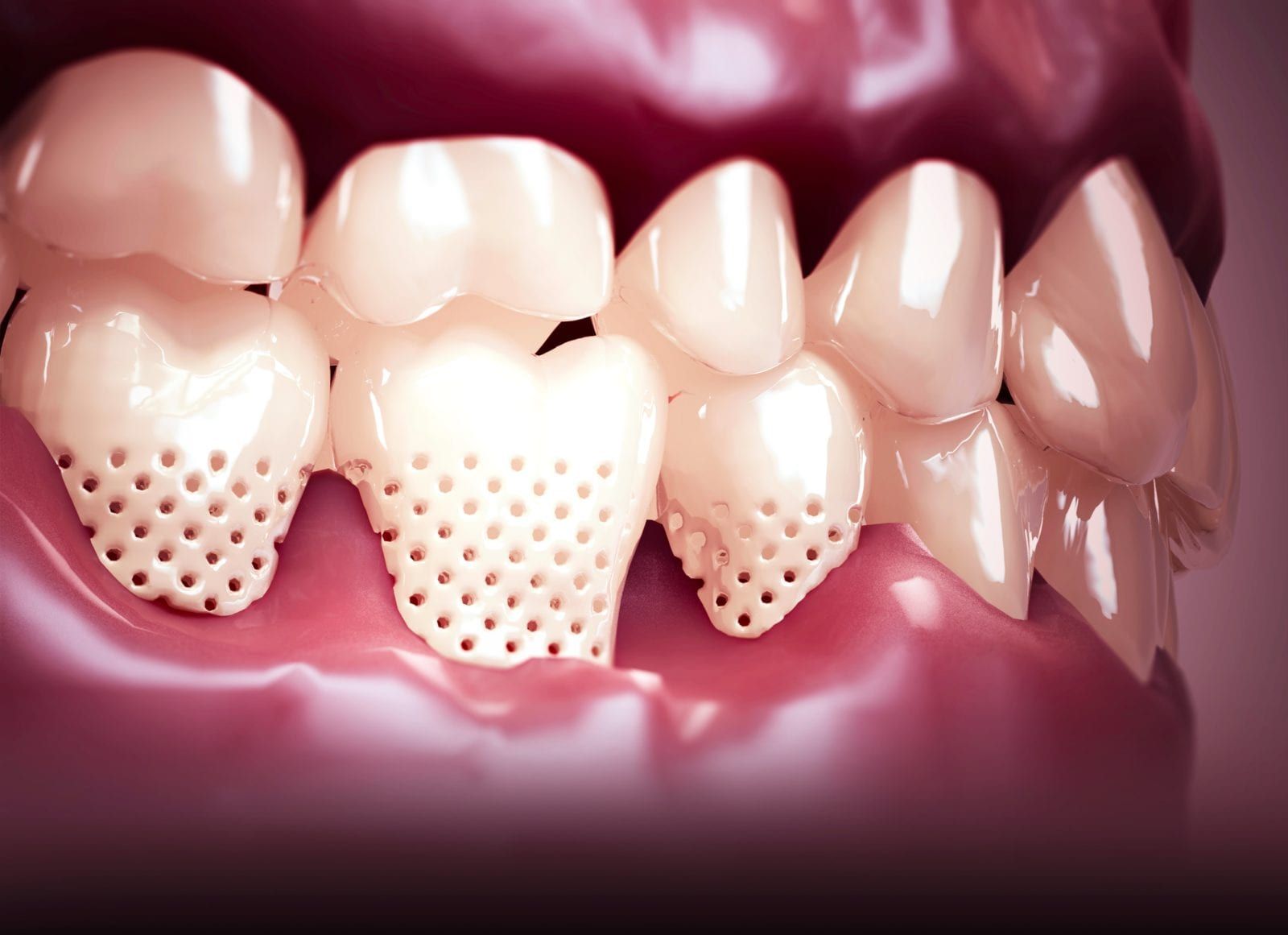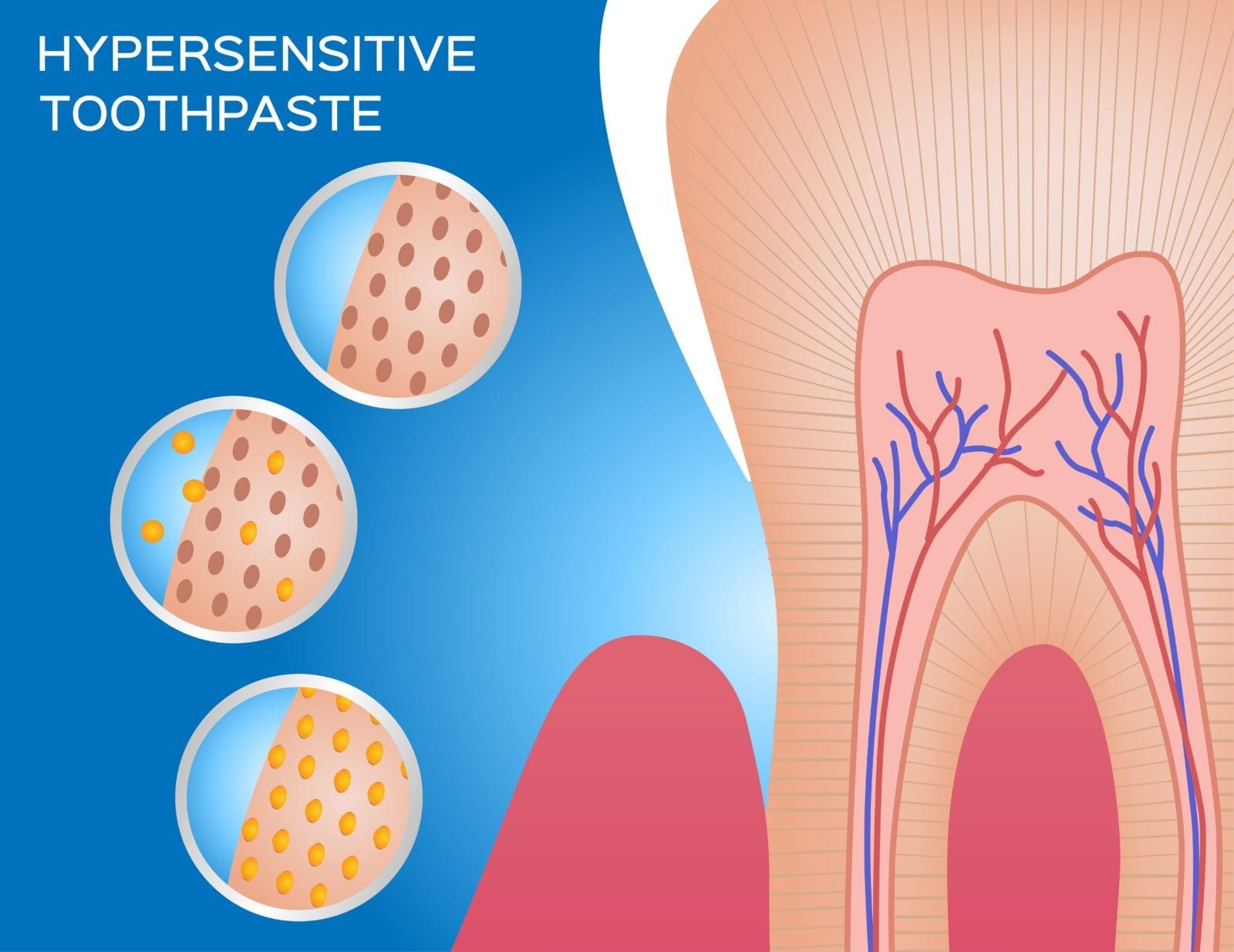As summer begins to heat up the weather, many people turn to their favorite cold summer treats to help them cool down. However if you are the one out of every eight Americans that is affected by tooth sensitivity, cold foods may not be quite as appealing. Instead of cool foods being refreshing, people with tooth sensitivity can experience significant discomfort from consuming cold foods or beverages.
Tooth sensitivity is described by many as a sudden, deep ache inside one or more teeth when the teeth are exposed to something cold. Tooth sensitivity can also occur when the teeth are exposed to hot temperatures or sugary foods and beverages. Some people with tooth sensitivity report mild discomfort, while others report that they specifically avoid foods and beverages that trigger the sensation because the pain is so severe.
What causes tooth sensitivity?

One main cause of tooth sensitivity is worn enamel. Tooth enamel is the outer layer of your teeth that is responsible for protecting the inside of your teeth. Directly below the enamel lies the dentin layer. The dentin is porous, meaning that it contains thousands of microscopic holes that lead to the pulp layer. The pulp layer is the innermost layer of your tooth, as well as the location of the tooth’s nerve. In cases where the enamel has worn down, stimuli are able to travel through the dentin into the pulp layer where they irritate the nerve, ultimately causing a painful sensation.
In some cases, tooth sensitivity can also be a symptom of various dental issues. For example, tooth decay, gum recession, damaged restorations, pulp infections, and cracked teeth are all dental conditions that can possibly cause the nerve irritation associated with tooth sensitivity. When tooth sensitivity is a symptom of a larger problem, it can sometimes be resolved by addressing the main cause. However, if there is no underlying cause of tooth sensitivity, or if your dentist believes that it is simply due to worn enamel, there are other ways that tooth sensitivity can be managed.
How can I manage tooth sensitivity?
While some cases of tooth sensitivity can be completely resolved, others may only be able to be managed to decrease the severity of symptoms. This is often the case when tooth sensitivity is attributed to worn enamel. Unfortunately, tooth enamel cannot grow back once it has been worn down. When tooth sensitivity is due to worn enamel, your dentist may recommend one of the following treatments:
Desensitizers
Fluoride varnish is one of the most commonly used desensitizers. Once applied to the surface of your teeth, fluoride helps to strengthen your remaining enamel. Since it is a desensitizer, fluoride can also temporarily alleviate tooth sensitivity symptoms. Other desensitizers your dentist may recommend include oxalate or Gluma. Although fluoride varnish is usually applied every six months, your dentist may also recommend more frequent applications of a specific desensitizer.
Specialized Toothpaste

In between dental appointments, your dentist may also recommend using a toothpaste that is specifically designed for people with sensitive teeth. This type of toothpaste, often called sensitivity toothpastes, contain extra ingredients to alleviate tooth sensitivity. The three most common ingredients associated with alleviating sensitivity include potassium nitrate, stannous fluoride, and strontium chloride. They work by filling in dentin pathways that lead to the pulp or by blocking pain signals. Sensitivity toothpastes are also free from ingredients that can further irritate the teeth, such as sodium lauryl sulfate (SLS).
Cervical Restorations
One final treatment your dentist may recommend for tooth sensitivity are cervical restorations, or restorations that are placed along the gum line after a significant amount of gum recession has occurred. Cervical restorations usually take the form of composite resin that is bonded onto the surface of the teeth. Composite resin has a natural appearance and acts as the protective layer in order to prevent nerve irritation. In many cases, cervical restorations can help dramatically alleviate tooth sensitivity symptoms, however they may also need to be performed in coordination with soft tissue treatments.



